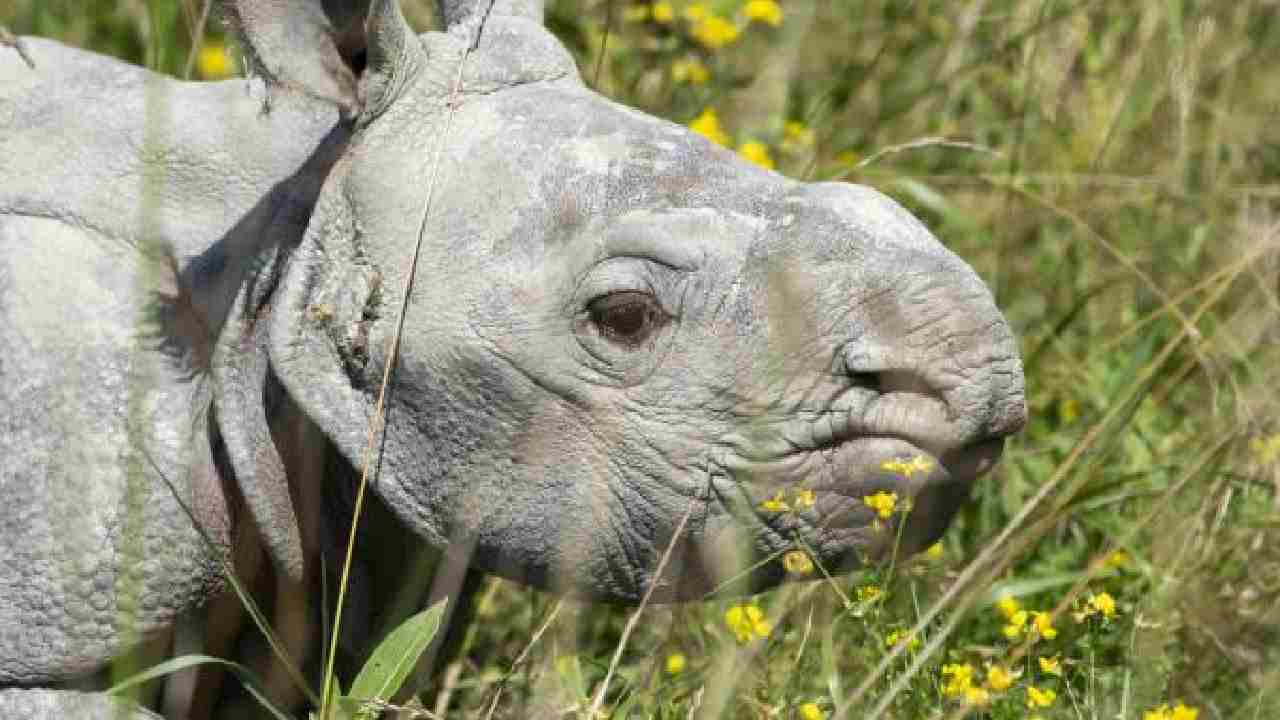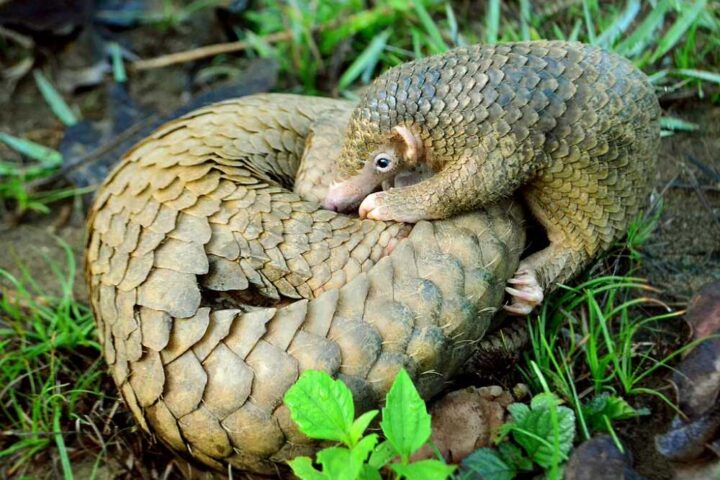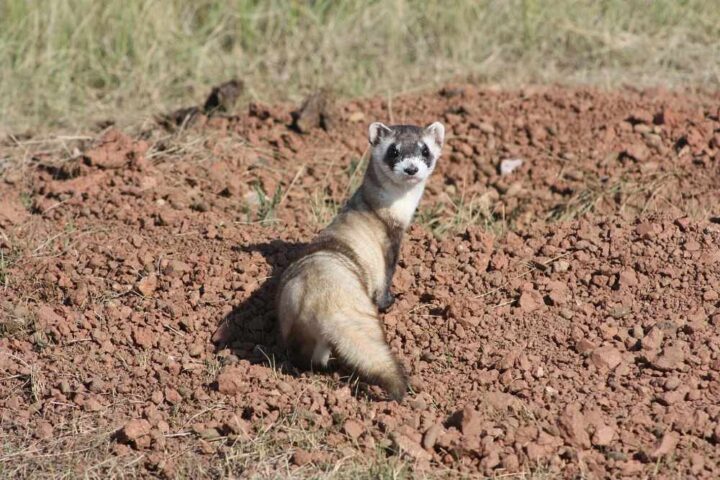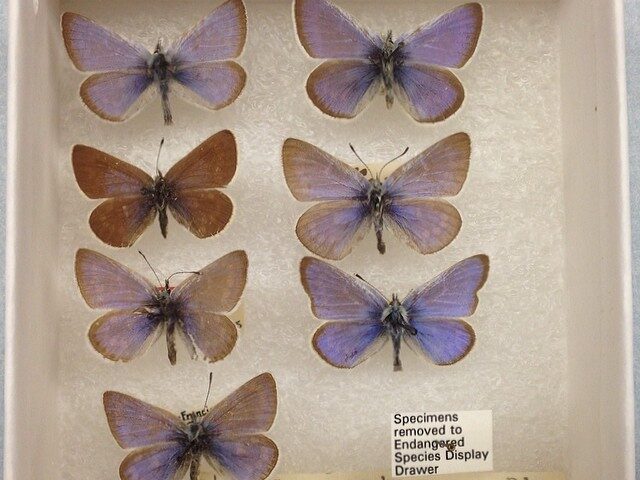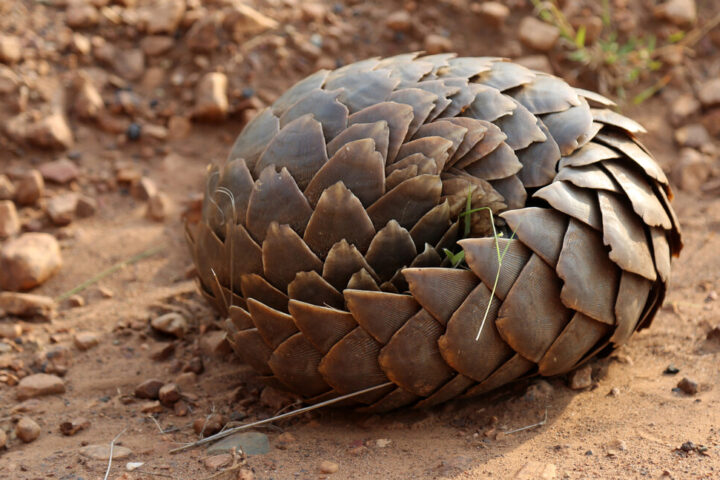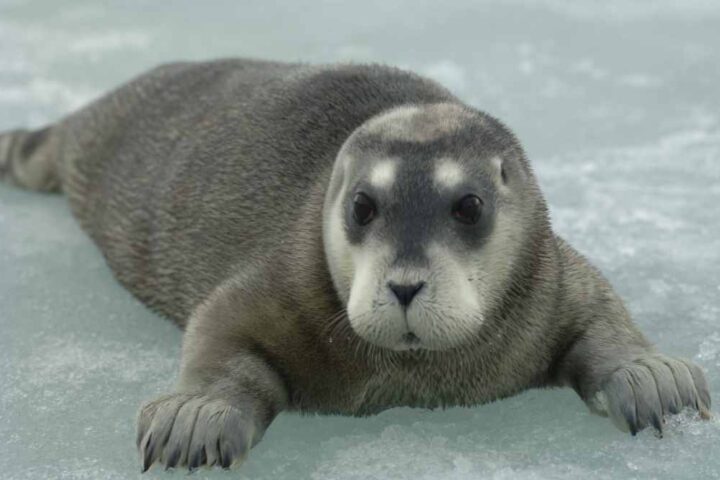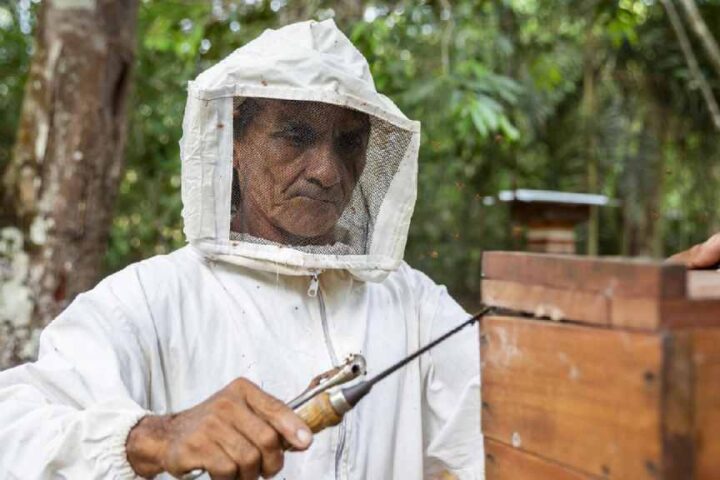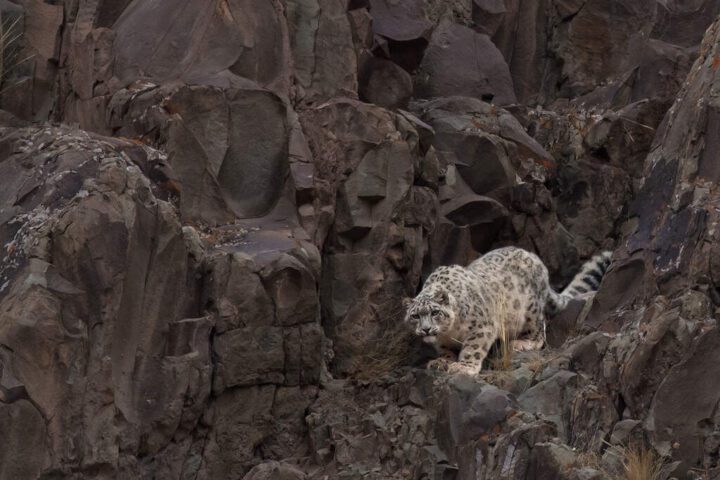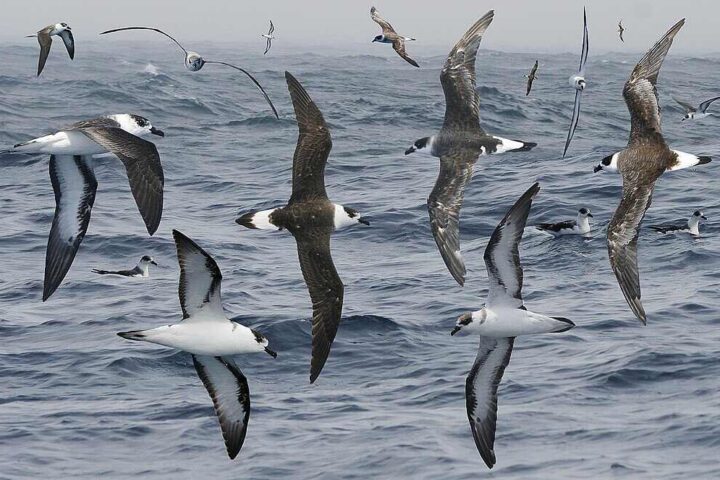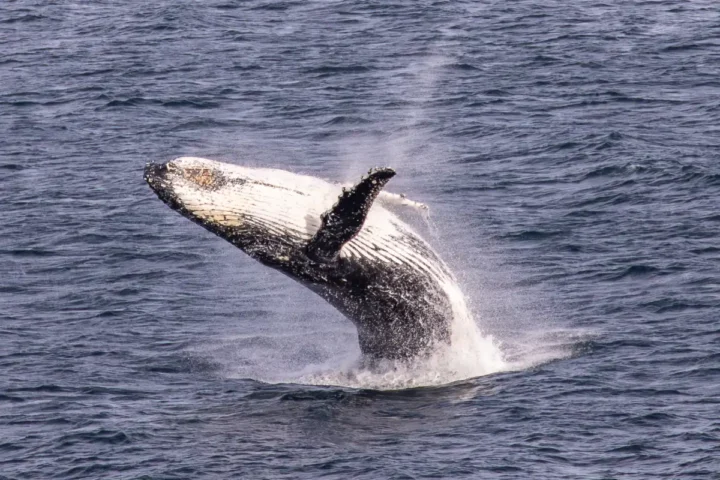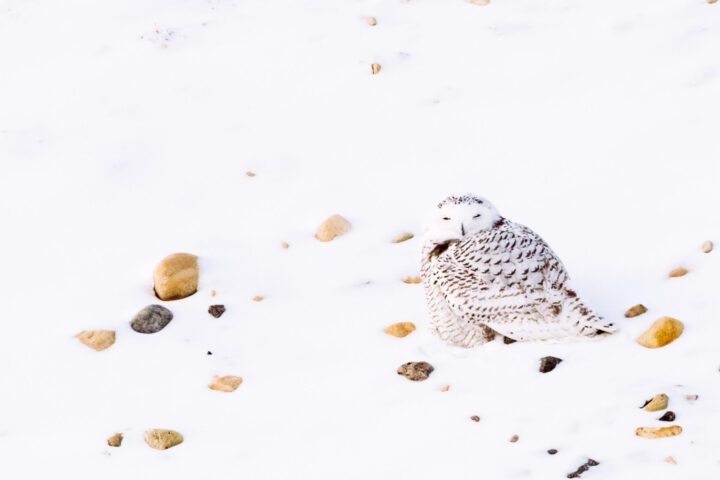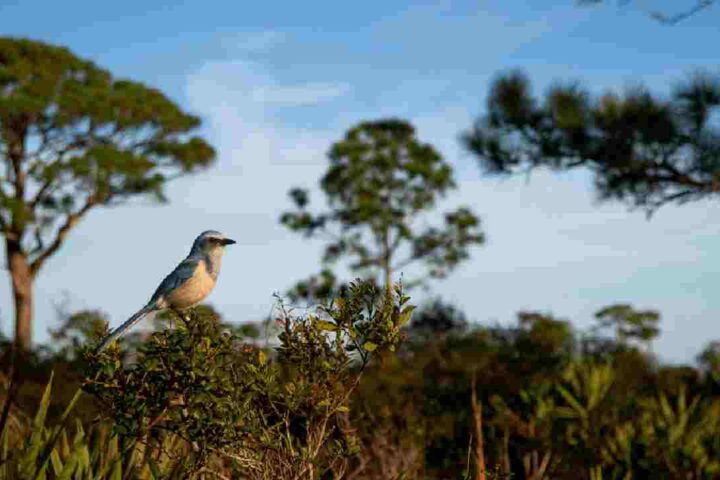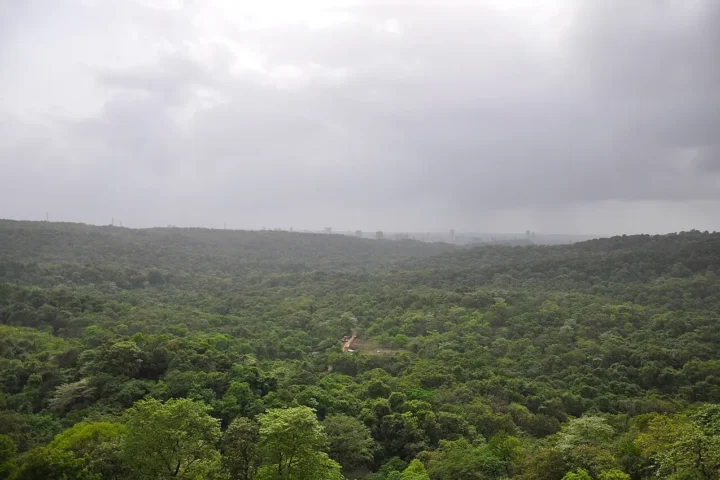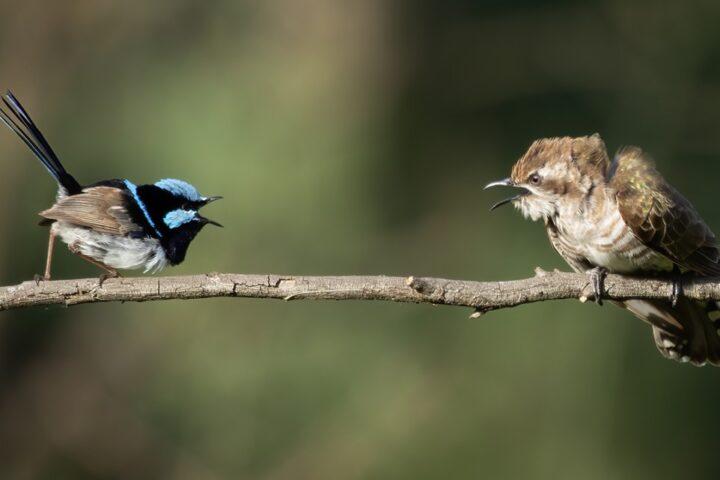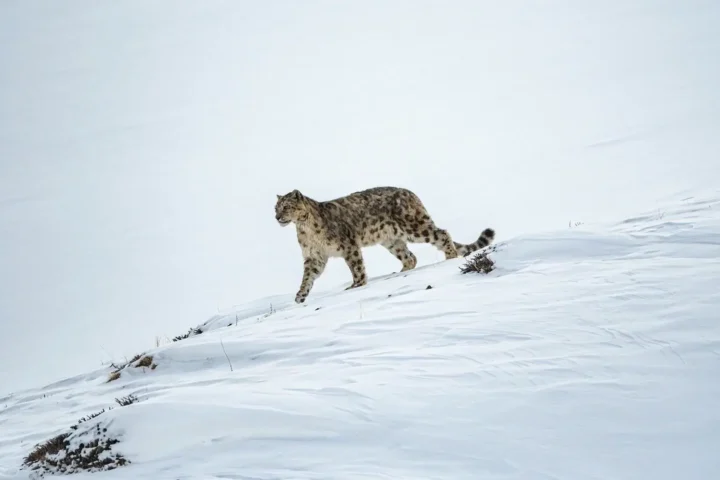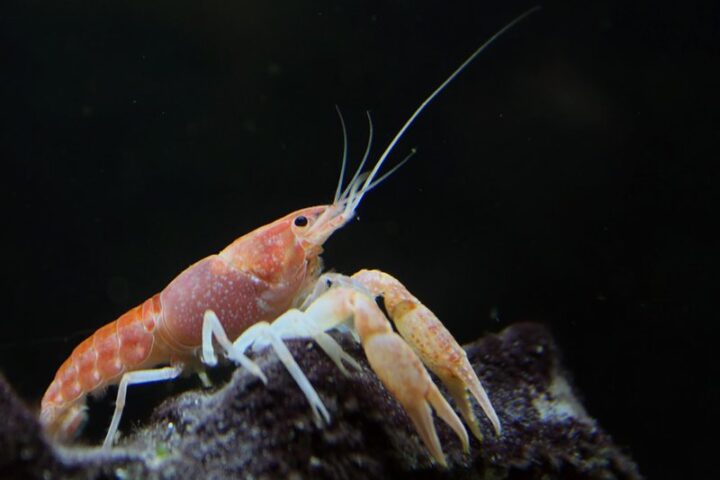Two endangered animals have been born at The Wilds in Cumberland, Ohio this summer, giving new hope to conservation efforts for their threatened species.
A newborn Grévy’s zebra joined the family on July 7, delivered by Lisa Marie, who herself was born at the conservation center back in 2017. This represents her second baby since she became part of The Wilds family. The foal’s father, Two Step, has lived at the facility since 2021. Wildlife specialists confirm both the mother and her baby are thriving. Eleven days after the zebra’s arrival, on July 18, the center celebrated the birth of a greater one-horned rhino calf to Rohini, who became a mother for the first time.
Suru, the baby rhino’s dad, moved to The Wilds from Zoo Miami four years ago and has already fathered two other calves since arriving.
“These births represent important milestones for wildlife preservation,” said Dr. Joe Smith, Vice President and Director of The Wilds. “Each new arrival helps secure the future of these vulnerable species while allowing visitors to connect with animals they might never otherwise see.”
The births carry special significance because both species face serious challenges in the wild. Grévy’s zebras are down to fewer than 3,000 individuals globally, primarily in Kenya and Ethiopia. Their population has fallen by more than 80% since the 1970s due to habitat loss, reduced water access, and competition with livestock.
Greater one-horned rhinos have made a remarkable comeback from the brink of extinction. In the early 20th century, fewer than 100 remained in the wild. Today, thanks to strict protection measures, their population has grown to approximately 4,000 in India and Nepal. Despite this progress, they remain classified as vulnerable by wildlife experts.
Similar Posts
Both newborns are part of the Association of Zoos and Aquariums’ Species Survival Plan, which coordinates breeding programs to maintain genetic diversity in threatened species under professional care.
Since 2005, The Wilds has seen the birth of 13 one-horned rhinos and currently cares for six of these massive animals. The facility also looks after 15 southern white rhinos and has recorded 33 white rhino births over the years. A remarkable achievement that sets The Wilds apart is being the only place beyond African borders where rhinos have been born across five generations from their original wild ancestors. Only a handful of North American wildlife centers have managed to successfully breed both rhino varieties.
Visitors can see the new animals during safari tours that run regularly at the 10,000-acre conservation center. The Wilds offers year-round experiences, with most tour options available from May through October.
For those wanting an extended wildlife experience, the center offers overnight stays, including at the recently opened Hellbender RV Campground.
The sex of both newborns has not yet been determined, according to animal care experts. Staff members continue to monitor the babies closely as they grow, noting that both appear healthy and are bonding well with their mothers.
These births demonstrate how conservation centers can help protect endangered species while educating the public about wildlife challenges worldwide. While seeing these animals in a conservation setting is inspiring, their existence reminds us of the ongoing efforts needed to protect wild populations facing continued threats from human activity and environmental changes.
